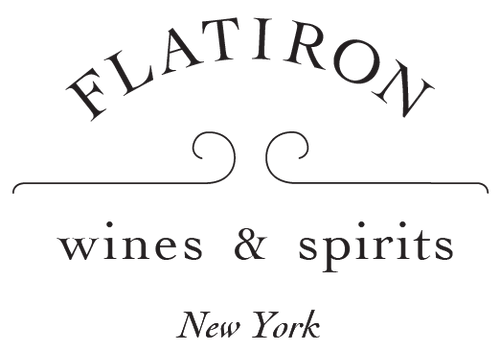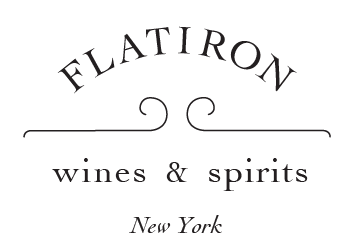Knockout Kimmeridgian Chardonnay for a steal — But Don't Call it Chablis!
The very north of Burgundy is most famous for Kimmeridgian-limestone rich hills of Chablis. But there's actually an entire sub-region of Burgundy way up there that you could think of as "Greater Chablis." But unlike Chablis, these areas are still all but completely unknown in America.
These lesser-known villages around the Chablis AOCs have similar terroirs and ancient winemaking traditions. Times was, the wines they made were sought after like Chablis. But most of these traditions and regions were destroyed at the end of the 19th century by phylloxera. Few have been revived.
But folks are starting to pay some attention to these more obscure corners of Burgundy. The best of them have very special stuff to offer: magnificent vineyard sites that produce the very sort of crystalline, precise Chardonnay that today’s wine lovers just cannot get enough of.
Domaine Goisot has done more than anyone else to explore these terroirs, or to bring them to the world. They haven't blown up yet, but it's bound to happen. Burghound loves them ("No one but no one delivers more quality for the price than Goisot. The quality is flat out amazing, particularly given the modest appellations with which he works.") and some of the best Somms in America have gotten behind them.
The Goisots are based in Saint Bris, which was actually part of Chablis, proper, before phylloxera struck. It even has the same unique terroir based on limestone from the Kimmeridgian era. But after being axed from Chablis, Saint Bris established a reputation for producing Sauvignon Blanc rather than Chardonnay. It sounds funny -- Burgundian Sauvignon Blanc!? -- but it makes perfect sense if you think of just how well SB does in the Kimmeridgian soils of Sancerre.
Of course, not everyone in Saint Bris switched to Sauvignon Blanc; a few hold-outs continued to grow Chardonnay. Why not? The grape and the soils are a match made in heaven. But, good as the wines can be, the marketing is tough. They can’t call their wines Chablis. They can't call them Saint Bris. They do have their own AOC, now, “Bourgogne Chardonnay Côte d’Auxerre,” but it's a bit of a mouthful and hardly a household name.
But if anyone's going to make the region famous again, it's the Goisots. They've identified some of the area's very best sites for Chardonnay. A few of them, like Gueule de Loup, are so good that they bottle them as single-vineyards.
What makes Gueule de Loup so special? It's a fully south-facing vineyard, farmed organically and biodynamically, with soils that are pure chalky limestone. The Goisots also have vines in the Chablis premier cru of Vaillons, and they find the terroir to be very similar. The wine it produces is, no surprise, very Chablis-like, but it seems to offer an extra jolt of electricity, with exaggerated chalkiness and fruit so bright that it is positively luminescent. Exactly what most of us want to drink.
For years, the only place to drink it was Aldo Sohm’s wine bar, as he normally purchases the entire U.S. allocation to serve there. While this is, tragically, not the year to be visiting wine bars, the Gueule de Loup is still a terrific wine, so we bought a bunch. And while the service at your kitchen table may not be as good as at Aldo's bar (it certainly isn't in my house) I can promise you that the wine tastes as good as ever and will elevate a meal.
So click below to take this chance to taste what may well be the future of white Burgundy, at retail instead of restaurant prices.

